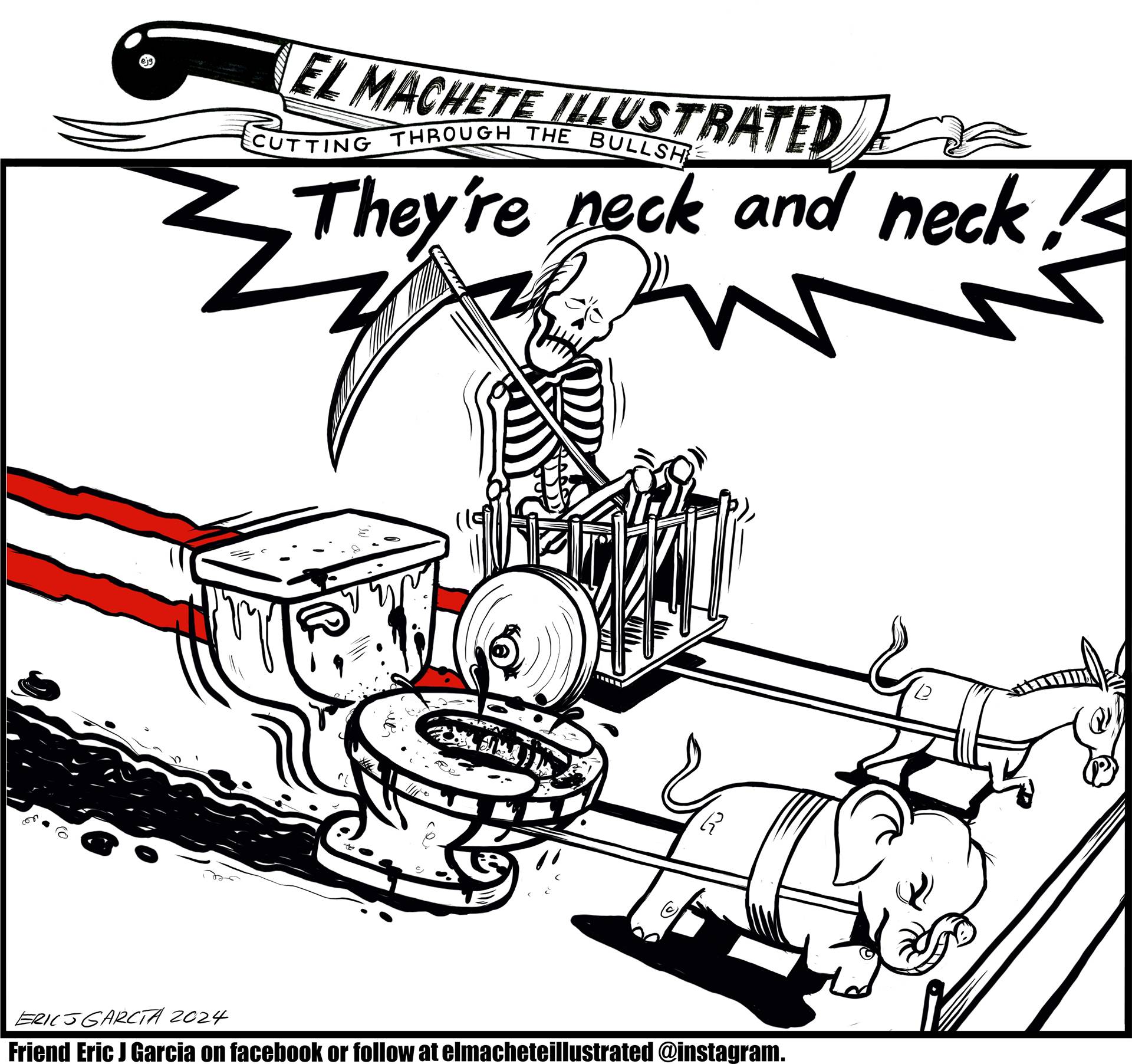The meta-verse is a topic that comes up more and more nowadays as we progress with technology and, particularly, AI. Really, we’ve been fixated on the idea of simulated reality for decades. From video games like “The Sims” to popular media like “Ready Player One,” the idea of existing within a simulated reality is constantly present.
In Munich, Germany, artist Cao Fei showcased her “Meta-mentary” exhibition underground in the U-Bahn train station at the Lenbachhaus gallery, beneath various art museums housed in historical architecture. The location feels especially relevant to the work given its concept, and the way her work is presented creates a world of its own in “Meta-mentary.
“I’m concerned about the digital world, but I also care about the real feelings of human beings,” Cao Fei explains in her exhibition booklet.
Inside, the exhibition is showcased under colorful hues of blues, pinks, and purples and consists of interactive spaces. In the white box art world, this exhibition is inventive.
But are the ideas of “Meta-Mentary,” featuring Fei’s work from 2002 to 2024, innovative in the meta-verse conversation of today?

Featuring still images, video games, and video installations; Fei’s “Meta-mentary” is rooted in filmmaking and documentary techniques. In her installations centering the screen, she showcases films interviewing locals from multiple cities in China. She investigates topics of pop culture, digitalization, globalization, and the constant change of the environment and economic ways of living.
In the piece titled “Metmentary,” she asks if interviewees would choose to participate in a virtual world if they could reap financial benefit. Despite many people answering previous questions with a sense of disinterest towards hyper-digitalization and technology, they often become piqued with interest as the concept of a digital space creeps into areas of economic opportunity.


The further theme of the installed spaces of “Meta-mentary” is leisure. Part of Fei’s line of questioning is rooted in ideas of recreation, both physical and digital, especially related to time spent in isolation during COVID-19 quarantine. Her work portrays how humans cope with change and the profound emotions involved. Fei has been developing these ideas publicly since 2004.


At a first glance through the exhibition, my initial feeling was that the work was failing to push boundaries. The 3D and game elements felt dated, and the overall imagery seemed clichéd, especially with the heavy use of pink, purple, and blue often associated with futuristic themes in technology. The predominant images of “Asia and the Octopus,” while an artful dream-like representation of Fei’s personal digital world, do not contribute significantly to the larger discussion of digital space in relation to society.
Where my interest lies in Fei’s “Meta-mentary” is in the documentary work and communication with real people. The questions she asks are simple but impactful, eliciting really interesting answers that put into perspective what people as individuals want from the meta-verse over what larger companies may make of it.
While it is fresh, my concern with “Meta-mentary” installation is that audiences may not know how to approach the work. I worry that the impact of these films may suffer as viewers opt to spend more time playing video games, badminton, and bouncing on exercise balls rather than taking in the commentary of the work. Simultaneously, perhaps every individual approach to the space contributes to the discovery of what people seek in VR: leisure or life.
Cao Fei’s “Meta-mentary” can be visited at Lenbachhaus art museum in Munich, Germany until September 8, 2024.









